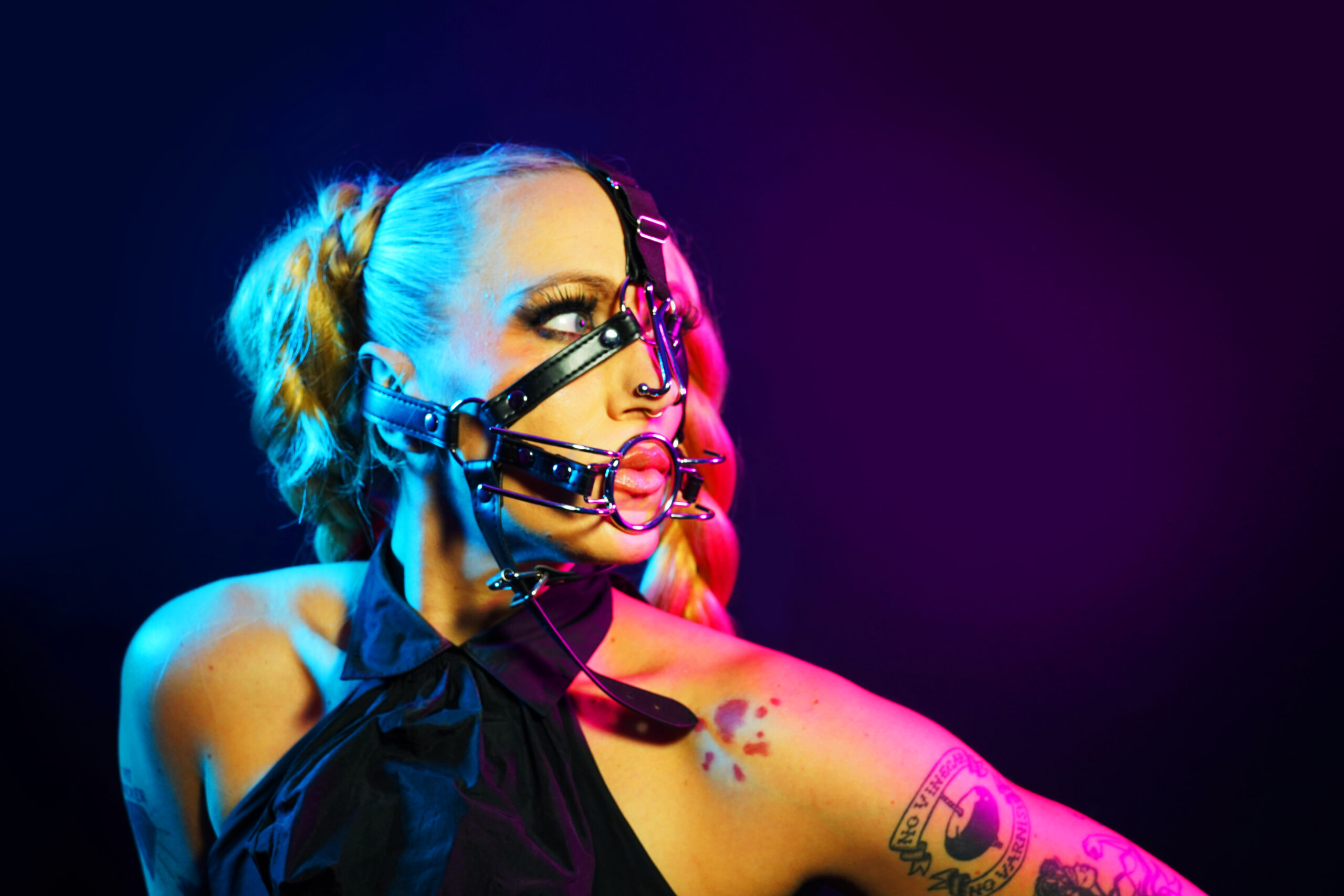Pansexuality and the evolution of attraction in a post-binary world
Pansexuality And The Evolution Of Attraction In A Post-binary World

Pansexuality

Pansexuality, an identity that encompasses attraction to all genders, has become increasingly visible in contemporary society. As societal understandings of gender evolve beyond traditional binary constructs, pansexuality offers a framework for exploring attraction in a more fluid and inclusive manner. This exploration delves into the historical context of pansexuality, its intersection with broader social movements, and the ways in which it reflects a changing landscape of human connection and identity.
Definition
Pansexuality is a sexual orientation characterized by romantic or sexual attraction to people regardless of their gender identity or expression. Pansexual individuals may be attracted to men, women, transgender individuals, non-binary individuals, and anyone else, regardless of how they identify or present themselves.
History and Evolution of the Term
While the term “pansexuality” gained mainstream recognition in recent decades, the underlying concept has roots that stretch back further. Early iterations of pansexual thought were sounding sex toys often tied to feminist and LGBTQ+ activism, challenging societal norms around sexuality and gender.
The word “pansexuality” itself emerged in the early 20th century, but it wasn’t widely used until much later. It saw a resurgence in the 1990s alongside broader movements for LGBTQ+ rights and recognition.
The evolution of the term is closely intertwined with shifts in societal understanding of gender. The rise of non-binary identities and the increasing recognition of gender fluidity have contributed to the growing acceptance and visibility of pansexuality as a valid and meaningful sexual orientation.

Cultural Representations and Stereotypes
Cultural representations of pansexuality have evolved alongside societal understandings of gender and sexuality. Early portrayals often relied on stereotypes that conflated pansexuality with promiscuity or other harmful tropes.
However, recent years have witnessed a shift towards more nuanced and authentic representations in media, literature, and popular culture. Visibility is key to combating stereotypes and fostering greater understanding.
As more stories featuring pansexual characters emerge, audiences are exposed to diverse experiences and perspectives, challenging preconceived notions and promoting empathy.
The evolution of pansexuality’s representation reflects the progress made in challenging traditional gender norms and creating a more inclusive society.
Attraction in a Post-Binary World
In a world moving beyond rigid binary definitions of gender, pansexuality emerges as a compelling lens through which to explore the complexities of attraction. This exploration delves into the historical roots of pansexuality, tracing its evolution from early feminist and LGBTQ+ activism to its contemporary visibility.
Challenging Traditional Binary Categories
Pansexuality is a sexual orientation characterized by romantic or sexual attraction to people regardless of their gender identity or expression. Pansexual individuals may be attracted to men, women, transgender individuals, non-binary individuals, and anyone else, regardless of how they identify or present themselves.
- Early iterations of pansexual thought were often tied to feminist and LGBTQ+ activism, challenging societal norms around sexuality and gender.
- The word “pansexuality” itself emerged in the early 20th century, but it wasn’t widely used until much later. It saw a resurgence in the 1990s alongside broader movements for LGBTQ+ rights and recognition.
- The evolution of the term is closely intertwined with shifts in societal understanding of gender. The rise of non-binary identities and the increasing recognition of gender fluidity have contributed to the growing acceptance and visibility of pansexuality as a valid and meaningful sexual orientation.
Cultural representations of pansexuality have evolved alongside societal understandings of gender and sexuality.
In a world moving beyond rigid binary definitions of gender, pansexuality emerges as a compelling lens through which to explore the complexities of attraction. This exploration delves into the historical roots of pansexuality, tracing its evolution from early feminist and LGBTQ+ activism to its contemporary visibility.
Fluidity and Spectrum of Identities
In a world moving beyond rigid binary definitions of gender, pansexuality emerges as a compelling lens through which to explore the complexities of attraction. This exploration delves into the historical roots of pansexuality, tracing its evolution from early feminist and LGBTQ+ activism to its contemporary visibility.
Pansexuality is a sexual orientation characterized by romantic or sexual attraction to people regardless of their gender identity or expression. dance queen Pansexual individuals may be attracted to men, women, transgender individuals, non-binary individuals, and anyone else, regardless of how they identify or present themselves.
- Early iterations of pansexual thought were often tied to feminist and LGBTQ+ activism, challenging societal norms around sexuality and gender.
- The word “pansexuality” itself emerged in the early 20th century, but it wasn’t widely used until much later. It saw a resurgence in the 1990s alongside broader movements for LGBTQ+ rights and recognition.
- The evolution of the term is closely intertwined with shifts in societal understanding of gender. The rise of non-binary identities and the increasing recognition of gender fluidity have contributed to the growing acceptance and visibility of pansexuality as a valid and meaningful sexual orientation.
Cultural representations of pansexuality have evolved alongside societal understandings of gender and sexuality.
In a world moving beyond rigid binary definitions of gender, pansexuality emerges as a compelling lens through which to explore the complexities of attraction. This exploration delves into the historical roots of pansexuality, tracing its evolution from early feminist and LGBTQ+ activism to its contemporary visibility.
Impact of Technology and Social Media on Understanding Attraction
In a world moving beyond rigid binary definitions of gender, pansexuality emerges as a compelling lens through which to explore the complexities of attraction. This exploration delves into the historical roots of pansexuality, tracing its evolution from early feminist and LGBTQ+ activism to its contemporary visibility.
Pansexuality is a sexual orientation characterized by romantic or sexual attraction to people regardless of their gender identity or expression. Pansexual individuals may be attracted to men, women, transgender individuals, non-binary individuals, and anyone else, regardless of how they identify or present themselves.
- Early iterations of pansexual thought were often tied to feminist and LGBTQ+ activism, challenging societal norms around sexuality and gender.
- The word “pansexuality” itself emerged in the early 20th century, but it wasn’t widely used until much later. It saw a resurgence in the 1990s alongside broader movements for LGBTQ+ rights and recognition.
- The evolution of the term is closely intertwined with shifts in societal understanding of gender. The rise of non-binary identities and the increasing recognition of gender fluidity have contributed to the growing acceptance and visibility of pansexuality as a valid and meaningful sexual orientation.
Cultural representations of pansexuality have evolved alongside societal understandings of gender and sexuality.
Technology and social media have played a significant role in shaping contemporary understandings of attraction, including pansexuality. Online platforms provide spaces for individuals to connect, share experiences, and explore their identities.
Social media has also contributed to increased visibility of pansexual individuals and communities, challenging stereotypes and fostering greater understanding.
However, it’s important to acknowledge that technology can also present challenges. Online spaces can sometimes be breeding grounds for misinformation and harmful content, including transphobia and homophobia.
Navigating these complexities requires critical thinking, media literacy, and a commitment to fostering inclusive online environments.
The Future of Sexual Identity
Pansexuality, an identity that encompasses attraction to all genders, has become increasingly visible in contemporary society. As societal understandings of gender evolve beyond traditional binary constructs, pansexuality offers a framework for exploring attraction in a more fluid and inclusive manner. This exploration delves into the historical context of pansexuality, its intersection with broader social movements, and the ways in which it reflects a changing landscape of human connection and identity.
Pansexuality is a sexual orientation characterized by romantic or sexual attraction to people regardless of their gender identity or expression. Pansexual individuals may be attracted to men, women, transgender individuals, non-binary individuals, and anyone else, regardless of how they identify or present themselves.
While the term “pansexuality” gained mainstream recognition in recent decades, the underlying concept has roots that stretch back further. Early iterations of pansexual thought were often tied to feminist and LGBTQ+ activism, challenging societal norms around sexuality and gender.
The word “pansexuality” itself emerged in the early 20th century, but it wasn’t widely used until much later. It saw a resurgence in the 1990s alongside broader movements for LGBTQ+ rights and recognition.
The evolution of the term is closely intertwined with shifts in societal understanding of gender. The rise of non-binary identities and the increasing recognition of gender fluidity have contributed to the growing acceptance and visibility of pansexuality as a valid and meaningful sexual orientation.
Cultural representations of pansexuality have evolved alongside societal understandings of gender and sexuality.
In a world moving beyond rigid binary definitions of gender, pansexuality emerges as a compelling lens through which to explore the complexities of attraction.
Read more details here
Access the article for all details
- Why CBD Gummies Are Popular For Reducing Chronic Pain - November 10, 2025
- What Is The Best Lip Filler To Use - November 8, 2025
- What Are The Benefits Of Full-Spectrum CBD Gummies For Mental Health - November 7, 2025